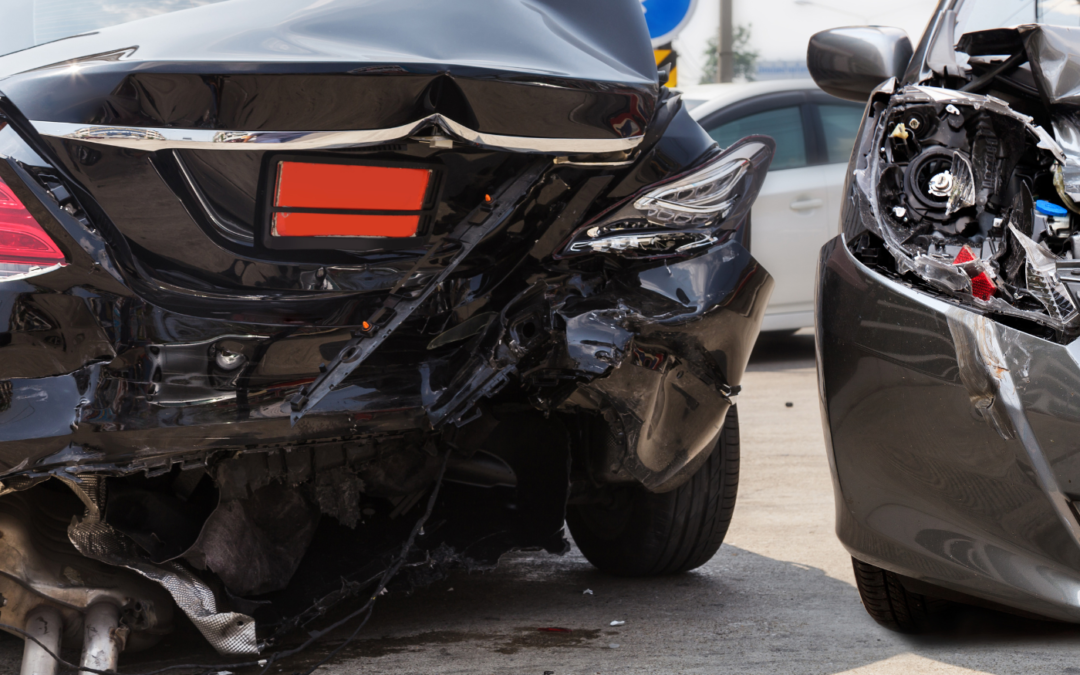Negligence is a fundamental concept in personal injury law, and it’s crucial to understand how it applies to various situations. One common scenario where negligence comes into play is when drivers fail to follow traffic signals, leading to accidents. In this article, we’ll delve into the specifics of negligence, its connection to traffic signal violations, and how it can impact personal injury cases.
The Basics of Negligence
Negligence refers to the failure to exercise reasonable care, resulting in harm to others. In the context of driving, negligence can take many forms, such as:
- Speeding
- Reckless driving
- Failing to yield
- Disregarding traffic signals
- Driving under the influence
- Distracted driving
When a driver neglects their duty to follow traffic rules, they put themselves and others at risk.
The Importance of Following Traffic Signals
Traffic signals are designed to maintain order and safety on the roads. They indicate when drivers should stop, go, or yield to other traffic. Disregarding these signals can lead to devastating consequences, including accidents and injuries.
Examples of Negligence at Intersections
Intersections are particularly vulnerable to accidents caused by negligence. For instance:
- A driver runs a red light, colliding with another vehicle that had the right of way.
- A pedestrian is struck by a car while crossing the street, as the driver failed to yield.
- A driver fails to stop at a stop sign, resulting in a collision with another vehicle.
- A driver turns left without yielding to oncoming traffic, causing a collision.
Proving Negligence in Personal Injury Cases
In personal injury cases resulting from traffic signal violations, the plaintiff must prove negligence. This involves demonstrating that the defendant:
- Had a duty to follow traffic signals
- Breached that duty
- Caused the accident and resulting injuries
Chicago Personal Injury Law
In Chicago, personal injury cases involving traffic signal violations are governed by Illinois state law. Victims of such accidents may be entitled to compensation for:
- Medical expenses
- Lost wages
- Pain and suffering
- Property damage
Case Studies
- Case 1: A driver runs a red light, causing a collision with another vehicle. The plaintiff suffers severe injuries, including a broken leg and head trauma. The defendant is found negligent for failing to follow the traffic signal.
- Case 2: A pedestrian is struck by a car while crossing the street. The driver failed to yield, resulting in severe injuries to the pedestrian. The defendant is found negligent for disregarding the traffic signal.
- Case 3: A driver fails to stop at a stop sign, resulting in a collision with another vehicle. The plaintiff suffers minor injuries, but the defendant is still found negligent for failing to follow the traffic signal.
Preventing Accidents
To prevent accidents caused by negligence, drivers can take several steps:
- Always follow traffic signals and signs
- Be aware of their surroundings
- Avoid distractions while driving
- Drive defensively
- Take regular breaks on long trips
Conclusion
Negligence is a critical factor in personal injury cases, particularly those involving traffic signal violations. By understanding the principles of negligence and its connection to traffic safety, drivers can take steps to prevent accidents and ensure the well-being of themselves and others.
If you’re looking for an experienced Chicago personal injury lawyer to help navigate your personal injury claim, we will fight assiduously for your right to the compensation you deserve. Call Bizzieri Law Offices at 773.881.9000. The case evaluation is free, and we never charge a fee unless we recover damages for you.

